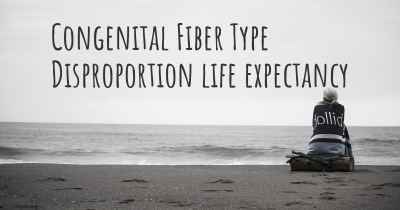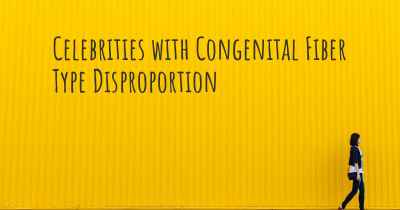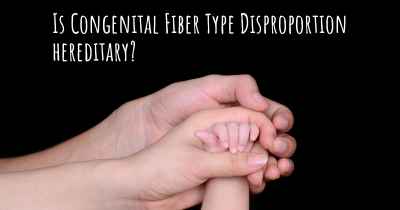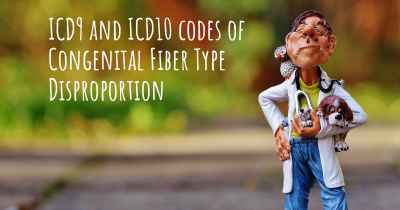Can people with Congenital Fiber Type Disproportion work? What kind of work can they perform?
See how people with experience in Congenital Fiber Type Disproportion give their opinion about whether people with Congenital Fiber Type Disproportion can work and what kind of jobs are more appropriated for people with Congenital Fiber Type Disproportion
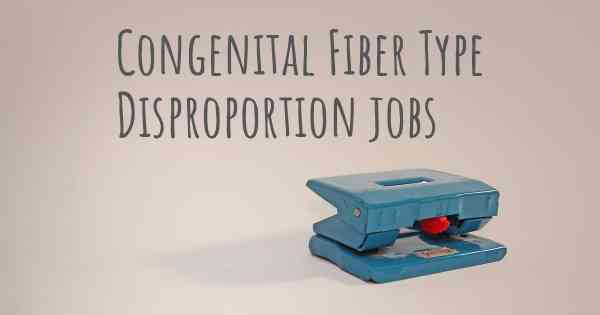
Can people with Congenital Fiber Type Disproportion work?
Congenital Fiber Type Disproportion (CFTD) is a rare genetic muscle disorder that affects the structure and function of skeletal muscles. It is characterized by an imbalance in the proportion of different muscle fiber types, leading to muscle weakness and fatigue. While CFTD can present challenges in physical activities, it does not necessarily prevent individuals from working.
Individuals with CFTD may face limitations in certain physical tasks, such as heavy lifting or prolonged standing, due to muscle weakness and fatigue. However, the severity of CFTD can vary greatly among individuals, and some may have milder symptoms that allow them to engage in a wide range of work activities.
It is important to consider the specific abilities and limitations of each individual with CFTD when determining suitable work options. Some potential factors to consider include the severity of muscle weakness, the impact of fatigue on daily activities, and any additional health conditions that may be present.
Many individuals with CFTD can pursue careers that do not require significant physical exertion. There are numerous job opportunities across various industries that focus more on cognitive abilities, creativity, and problem-solving skills rather than physical strength. Some potential work options for individuals with CFTD include:
- Office-based jobs: Roles such as administrative assistants, data entry operators, customer service representatives, or accountants can be suitable for individuals with CFTD. These jobs primarily involve desk work, computer usage, and communication skills.
- Information technology: Careers in IT, such as software development, web design, or database management, often require more mental than physical effort. These roles can be well-suited for individuals with CFTD who have an aptitude for technology.
- Writing and editing: Jobs in writing, editing, or content creation can be ideal for individuals with CFTD who have strong language and communication skills. These roles can be performed from home or in an office environment.
- Research and analysis: Careers in research, data analysis, or market research often involve working with information, conducting studies, and drawing conclusions. These roles can be intellectually stimulating and suitable for individuals with CFTD.
- Entrepreneurship: Some individuals with CFTD may choose to start their own businesses, allowing them to tailor their work environment and tasks to accommodate their specific needs and abilities.
It is crucial to provide individuals with CFTD with reasonable accommodations in the workplace. This may include flexible work hours, ergonomic adjustments to the workspace, or assistive devices to aid in mobility. By making these accommodations, individuals with CFTD can effectively contribute to the workforce and excel in their chosen careers.
Ultimately, the ability to work with CFTD depends on the individual's specific condition and the nature of the job. While some physical limitations may exist, there are numerous work opportunities that can be tailored to accommodate the unique abilities and strengths of individuals with CFTD.
